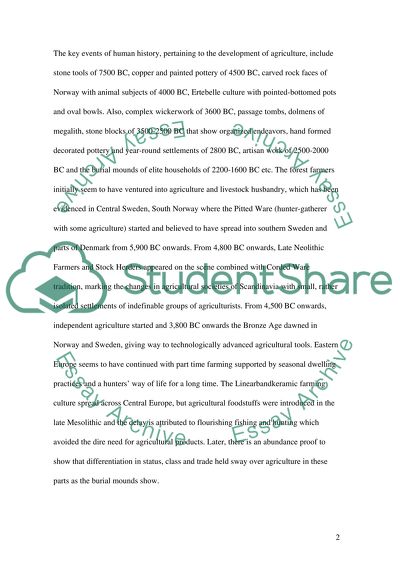Cite this document
(“Agriculture in Scandinavia Essay Example | Topics and Well Written Essays - 1750 words”, n.d.)
Agriculture in Scandinavia Essay Example | Topics and Well Written Essays - 1750 words. Retrieved from https://studentshare.org/agriculture/1500421-agriculture-in-scandinavia
Agriculture in Scandinavia Essay Example | Topics and Well Written Essays - 1750 words. Retrieved from https://studentshare.org/agriculture/1500421-agriculture-in-scandinavia
(Agriculture in Scandinavia Essay Example | Topics and Well Written Essays - 1750 Words)
Agriculture in Scandinavia Essay Example | Topics and Well Written Essays - 1750 Words. https://studentshare.org/agriculture/1500421-agriculture-in-scandinavia.
Agriculture in Scandinavia Essay Example | Topics and Well Written Essays - 1750 Words. https://studentshare.org/agriculture/1500421-agriculture-in-scandinavia.
“Agriculture in Scandinavia Essay Example | Topics and Well Written Essays - 1750 Words”, n.d. https://studentshare.org/agriculture/1500421-agriculture-in-scandinavia.


